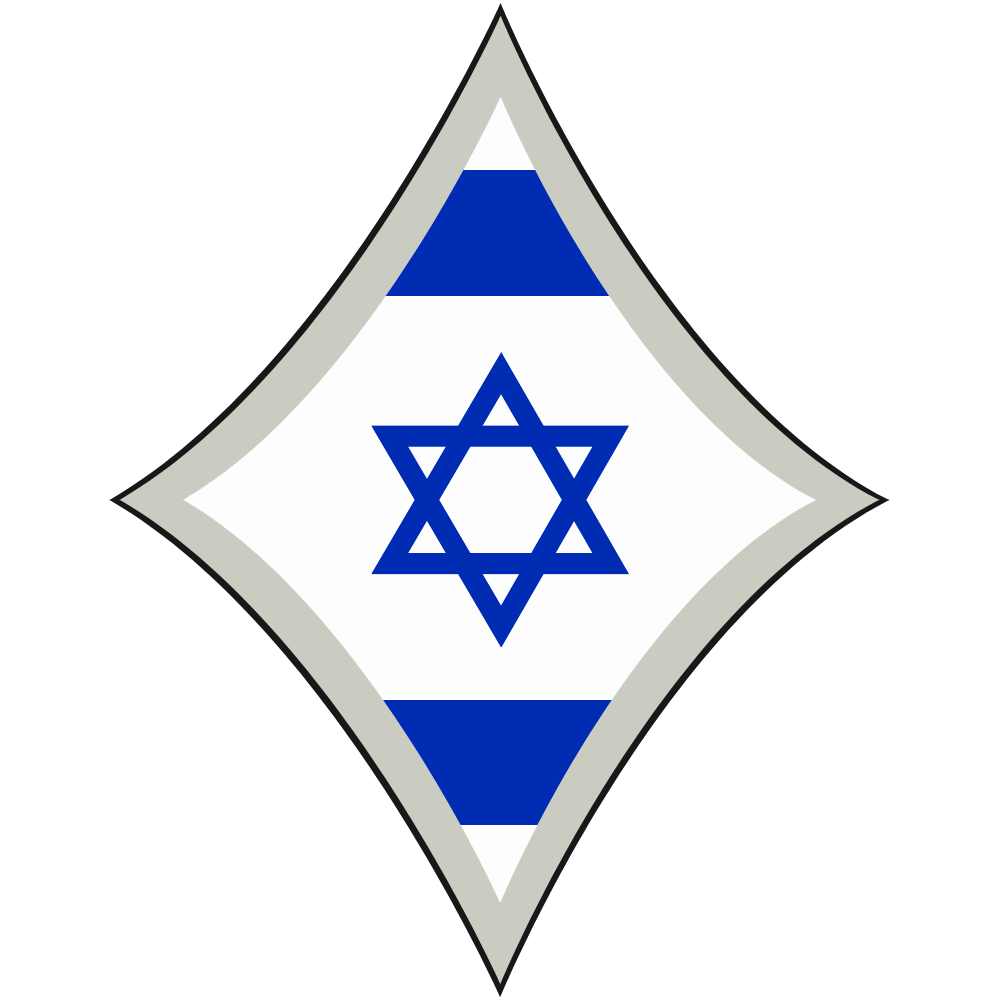Note: an improved version of this article will be posted in tankencyclopedia.com in the future.
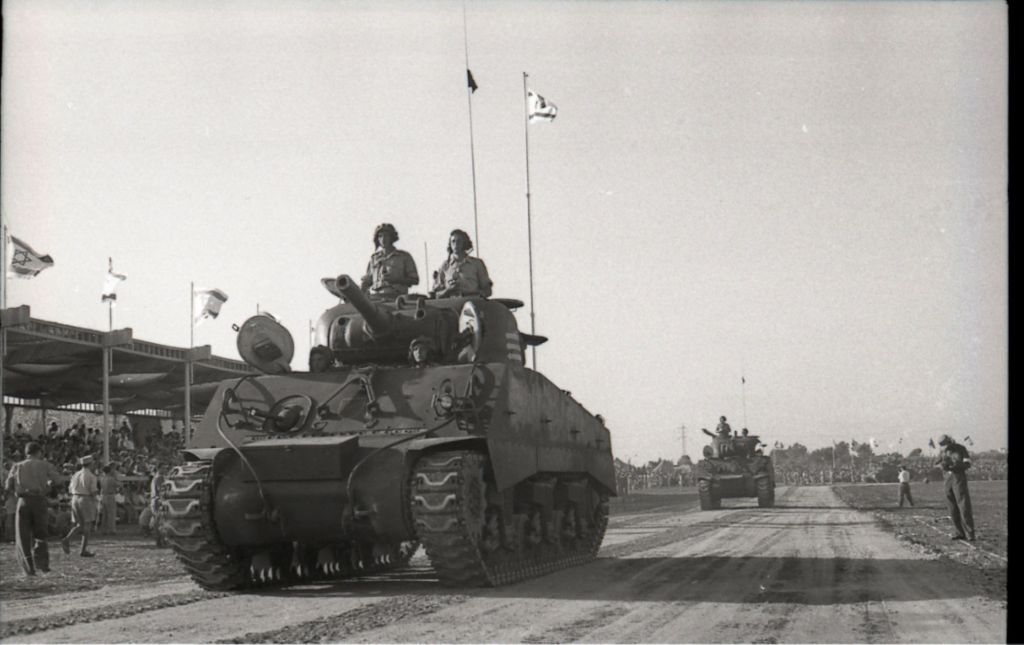
On June 28, 1948, Yerocham Kafkafi (technical officer of Brigade 8 and ex-British army technician during World War Two) wrote to Yitzchak Sade, commanding officer of Brigade 8, that there was a lack of replacement parts for the tanks (two Crommwells, one Sherman, and ten H.39s). At the same time, the IDF wanted to expand its tank force, which did not even have 20 tanks at the time, compared to over 100 tanks in the Arab countries.
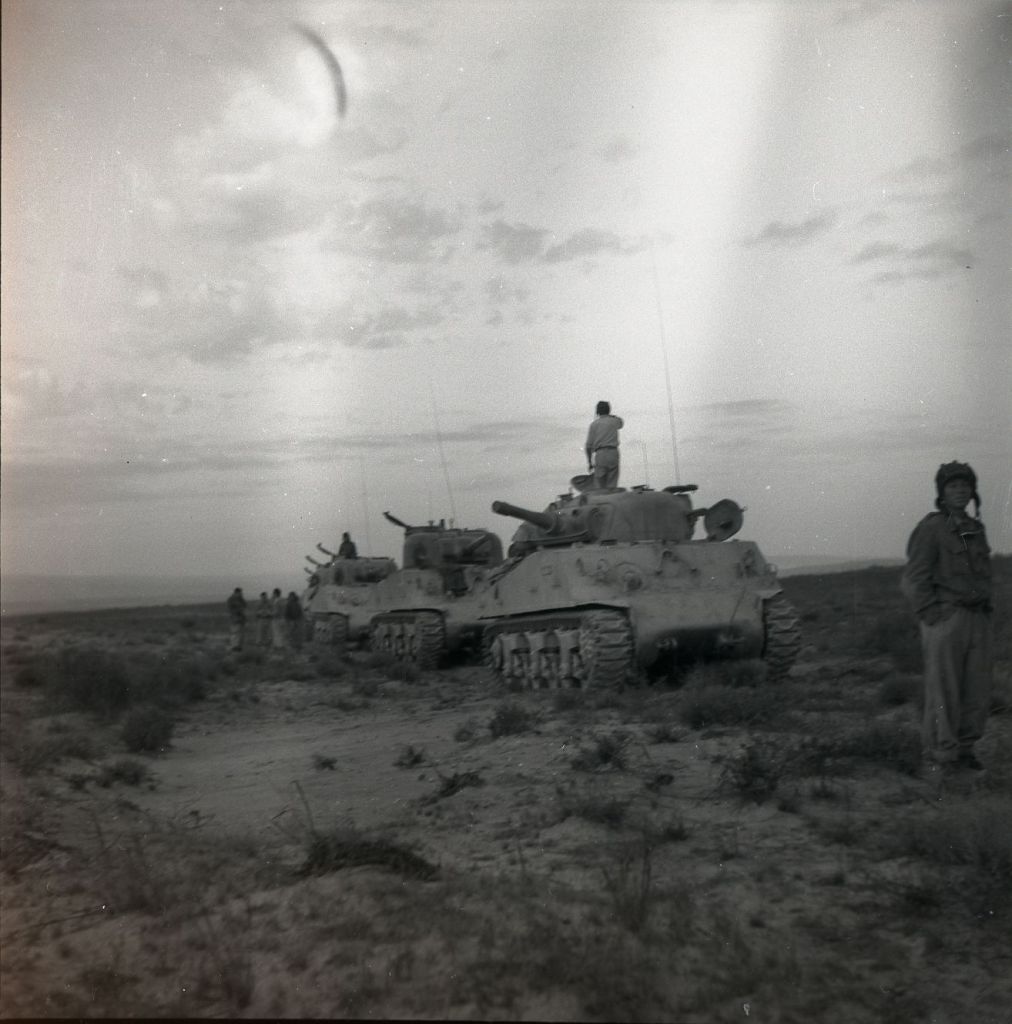
On August 12, 1948, Kafkafi was told by Yitzchak Sade that he was going to Italy to search for and buy Shermans, and he was told to get 36 Shermans. He inspected 120 Shermans in different Italian scrapyards full of leftover vehicles of American and British origin from World War Two. 30 M4 (105mm) Shermans were purchased from a scrapyard in the town of Forlì for 2,200 dollars each and brought to Israel by ship in three different shipments. However, during their time in the scrapyard, they were disabled after drilling a hole in the barrel.
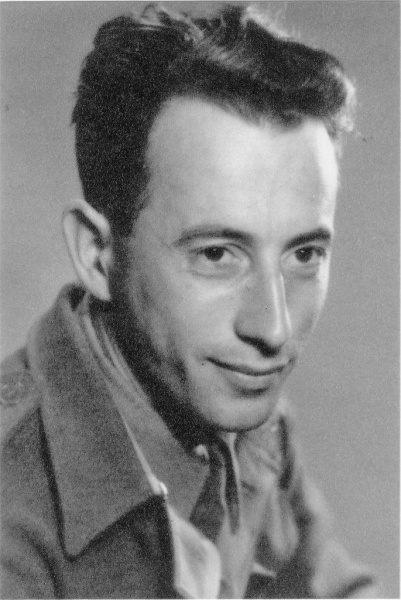
| Amount of Shermans | Date of arrival at Haifa port |
| 10 | 17.11.1948 |
| 12 | 24.11.1948 |
| 8 | 3.1.1949 |
The Conversion
When they came to Israel, the IDF was confident they could fix two-thirds of the cannons. However, during the war, only one was fixed with the original 105 mm M4 howitzer, and the other two were fixed with two out of three M3 75mm cannons (one was used on an ex-British M4A2, which also had a defective cannon but came from a previous purchase).
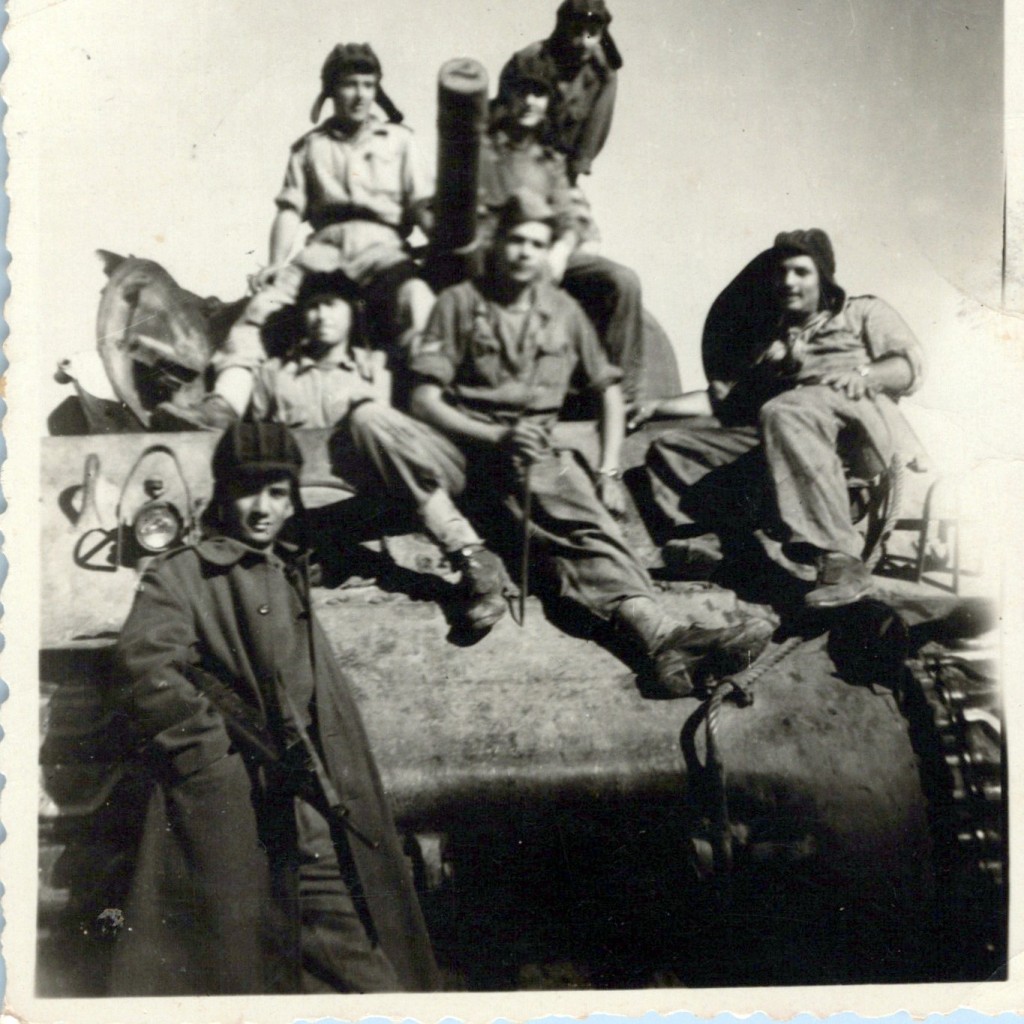
After repairing three of the thirty Shermans, they were left with 27 more tanks. There were plans to re-arm them with different cannons; 2 and 6-pounders were considered, but then a shipment of M1903/22 Krupp 75mm field cannons arrived from Switzerland. By December 1948, the plan had changed to refitting some of the Krupp cannons into the demilitarized Shermans. Changes to the hull ammunition stowage were done to accommodate the new ammunition type.
The M1903 75 mm Krupp field cannon
A Krupp-designed field cannon, originally sold to Romania with 360 units purchased between 1903 and 1908, Romania later sold it to Switzerland, where in 1922 the carriage would be modernized, the modernized cannons were designated M1903/22, and are recognizable with their split-tail carriage, in 1948 50 of these modernized cannons would be sold to Israel.
| Caliber | 75 mm L/30 |
| Cartridge | 75 mm x 280 mm x 90 mm R |
| Type of ammunition | High explosive, smoke, Armour Piercing |
| Combat weight | 1070 kg |
| Elevation | -8° to +16° |
| Traverse | 4° |
| Barrel length | 2.250 m |
| Max range | 8000 m |
| Muzzle velocity | 500 m/s |
| Velocity at 1 km | 377 m/s |
| Velocity at 2 km | 310 m/s |
| Velocity at 3 km | 274 m/s |
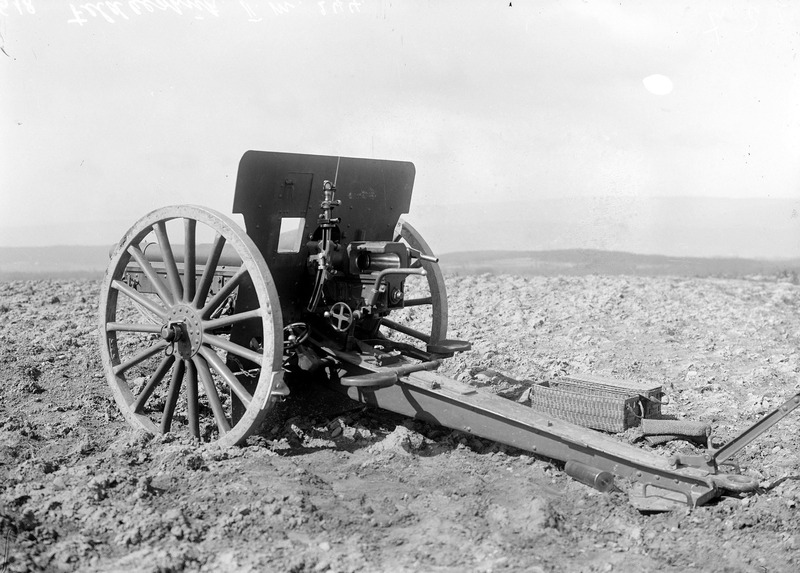
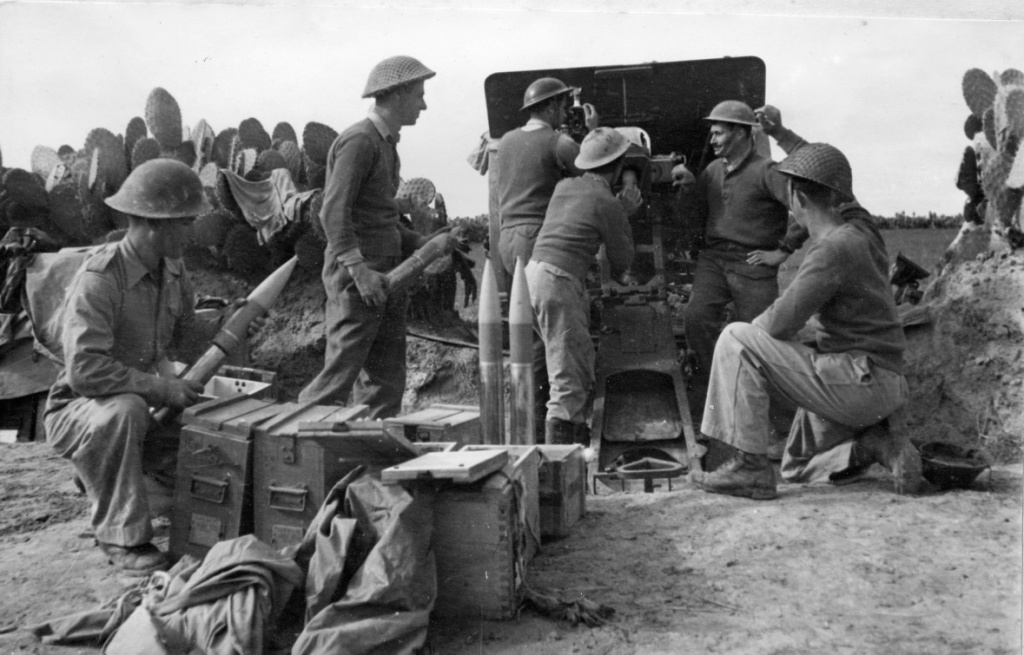
Service
In April they were given to Brigade 8, where they served briefly as the Brigade was dissolved the same month. They were then transferred to Brigade 12 (served there until the middle of 1949 at least) and then transferred again to Brigade 7. The conversion was short-lived, as they were last seen in service on May 10, 1951, during the third independence day parade. By the end of 1951, they all transferred to the Israeli School of Armor, and one by one, they went to Workshop 681 to be returned to their original state with the newly acquired M4 105mm howitzers. They did not see any action, as they were converted after the end of the 1948 Arab-Israeli war and re-converted to M4 (105mm)s before 1956’s Operation Kadesh.
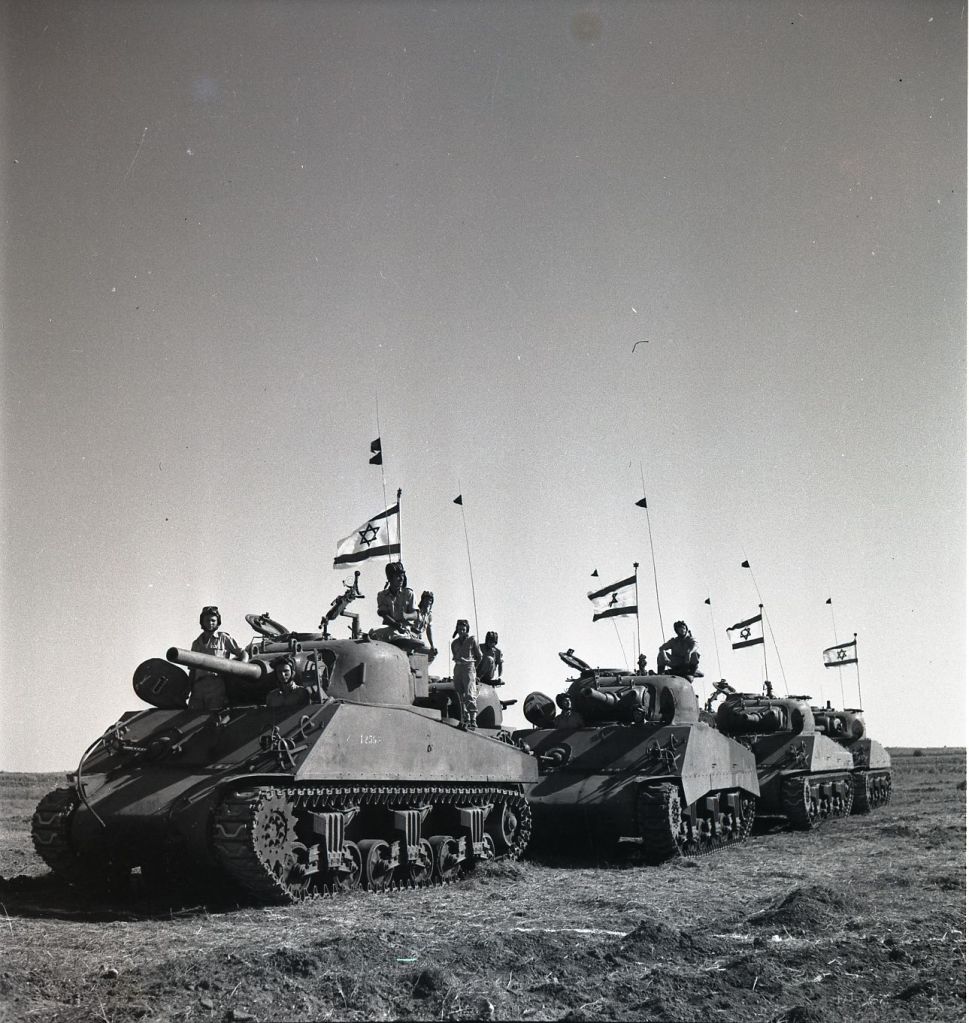
The Myths
The Sherman Krupp is full of myths, from combat history to the cannon type and base Sherman.
Some claim that Krupp Sherman participated in the 1948 Arab-Israeli war, which is impossible as the conversions were only done after the war ended.
Also, people like to say the Krupp Shermans were based on the M4A3, but this myth originates from an identification mistake made on the first 30 M4 Shermans purchased from Italy. Pictures clearly show they were, in fact, M4 and not M4A3.
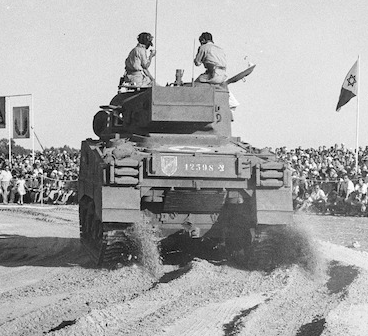
People also claim the cannon was not an M1903 but an M1911; this stems from the book M4 Sherman by George Forty, where he claims the cannon was an M1911 75mm Krupp cannon and shows a picture that shows a Sherman with a completely unrelated American M1916 cannon; other photos debunk this claim, clearly showing an M1903 and not an M1911 or M1916.

Information sources:
Beyadihem chooshla haplada, by Moshe Givati
Soosim abirim, by Amiad Brezner
Israeli Sherman, by Thomas Gannon
Twentieth-Century Artillery, by Ian Hogg
- 17.11.1948 Arrival of 10 Shermans
- 3.12.1948 First mention of Krupps on Shermans, IDF is confident they can repair ⅔ cannons
- 23.4.1949 First mention of one working Krupp Sherman
Yad La-Shiryon museum
Photograph sources:
My own collection
National Library of Israel
M4 Sherman, by George Forty
Israel’s national archive
Swiss federal archive
Bitmuna
Himush.co.il
